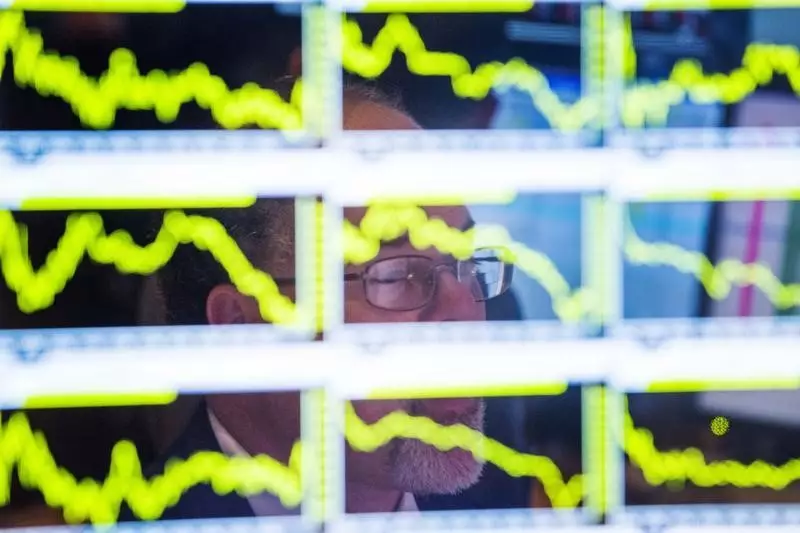As the countdown to the upcoming U.S. presidential election progresses, financial analysts are increasingly keen to dissect the implications for the market. Capital Economics recently released a comprehensive report that not only assesses the tight contest between Donald Trump and Kamala Harris but also emphasizes the potential volatility that could arise from it. While Trump appears to possess a certain degree of momentum, the unpredictable nature of elections cannot be overlooked. Markets often react erratically to election outcomes, and this instance appears poised to be no different. The current betting landscape, which favors a Republican sweep with probabilities hovering near 50%, reveals only part of the picture. Historical precedents suggest that polling data can be misleading—evidenced by Trump’s prior performances in both the 2016 and 2020 elections.
Indeed, while Capital Economics draws attention to Trump’s past election results that defied expectations, it is vital to recognize the limitations of using such a narrow data set for predictive purposes. The phrase, “two data points do not a trend make,” resonates strongly here. Moreover, the adjustments in polling methodologies highlight the efforts of pollsters to rectify past miscalculations, rendering a cautious approach necessary. Investors must remain vigilant, as the markets are not merely reflections of electoral sentiment; they are also influenced by broader economic indicators and trends. The financial landscape remains complex, as exemplified by the volatility implied in options markets. As decision-makers attempt to decode the significance of fluctuating yields and their disconnect from traditional economic forecasts, uncertainty prevails.
Another notable point raised in the Capital Economics report is the perplexing rise of U.S. Treasury yields, a phenomenon not entirely correlated with recent economic data or sentiments expressed by the Federal Open Market Committee (FOMC). This dissonance becomes even more pronounced when considering the recent decrease in oil prices, which typically exerts downward pressure on yields. The itemization of these contrasting movements indicates a shift in traditional market relationships; it underscores how election narratives are increasingly dictating financial market behavior. This evolving landscape requires investors to confront a reality where conventional signals may no longer hold their predictive value, thus heightening the stakes in the stock market.
Finally, the conundrum posed by the bond market sell-off illustrates the intricate dynamics at play for equity markets. Despite perceptions that a Trump reelection could bolster stock performance—largely due to anticipated corporate tax cuts—the S&P 500’s performance does not align with the burgeoning confidence in Trump’s prospects. This hints at a deeper malaise regarding economic fundamentals amidst a bear steepening yield curve, a trend historically associated with equity market downturns. Investors now face a challenging environment where traditional predictors of stock performance seem to falter, marrying a tumultuous political landscape with deteriorating market indicators.
As the electoral battle inches closer to its finale, the intersection of political developments and financial markets demands scrupulous attention. Investors looking to navigate this precarious terrain must remain agile, adapting to an evolving situation that continues to defy conventional wisdom. Only time will reveal how the market will ultimately respond to the electoral outcome, but one thing remains certain: vigilance and adaptability will be paramount.

